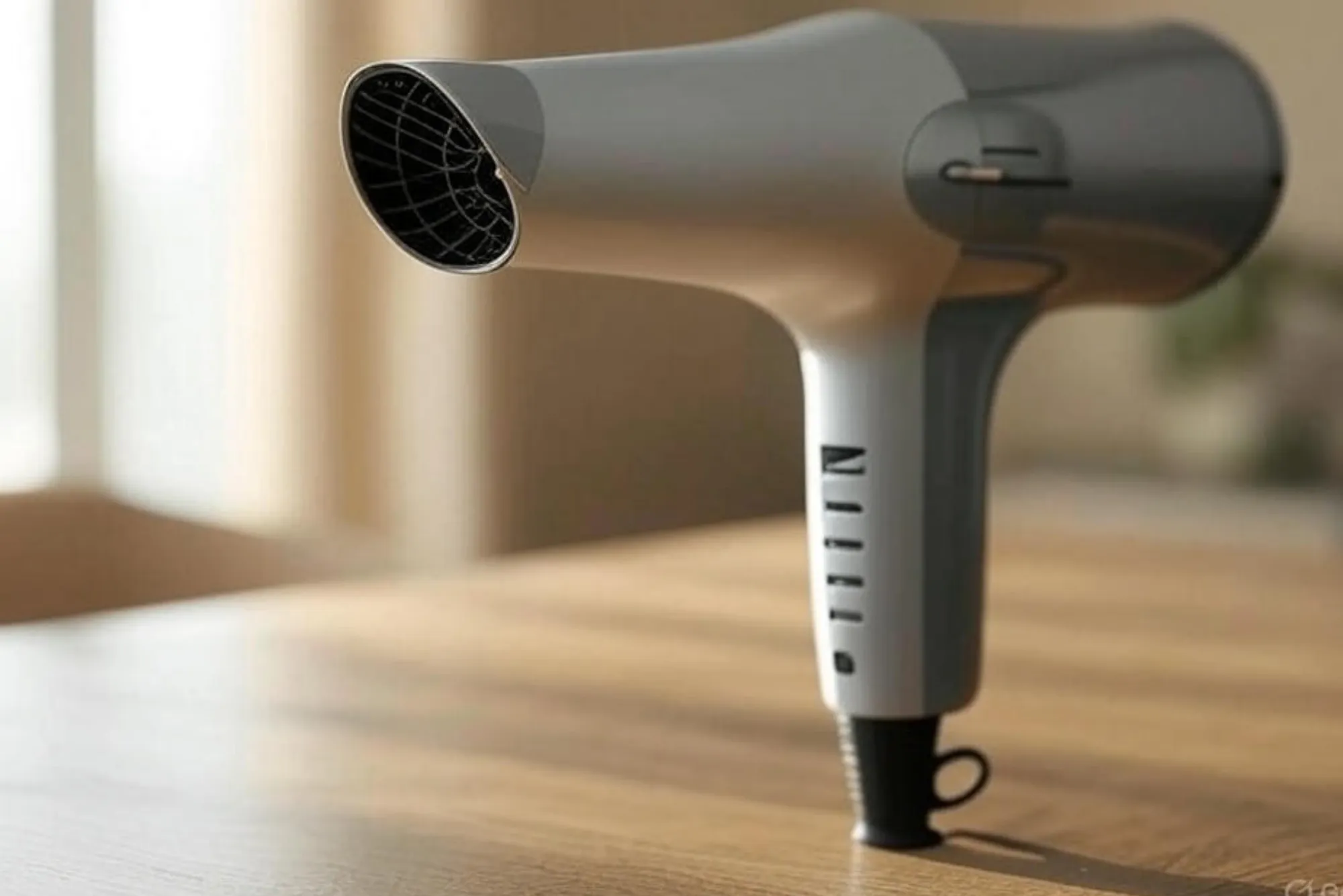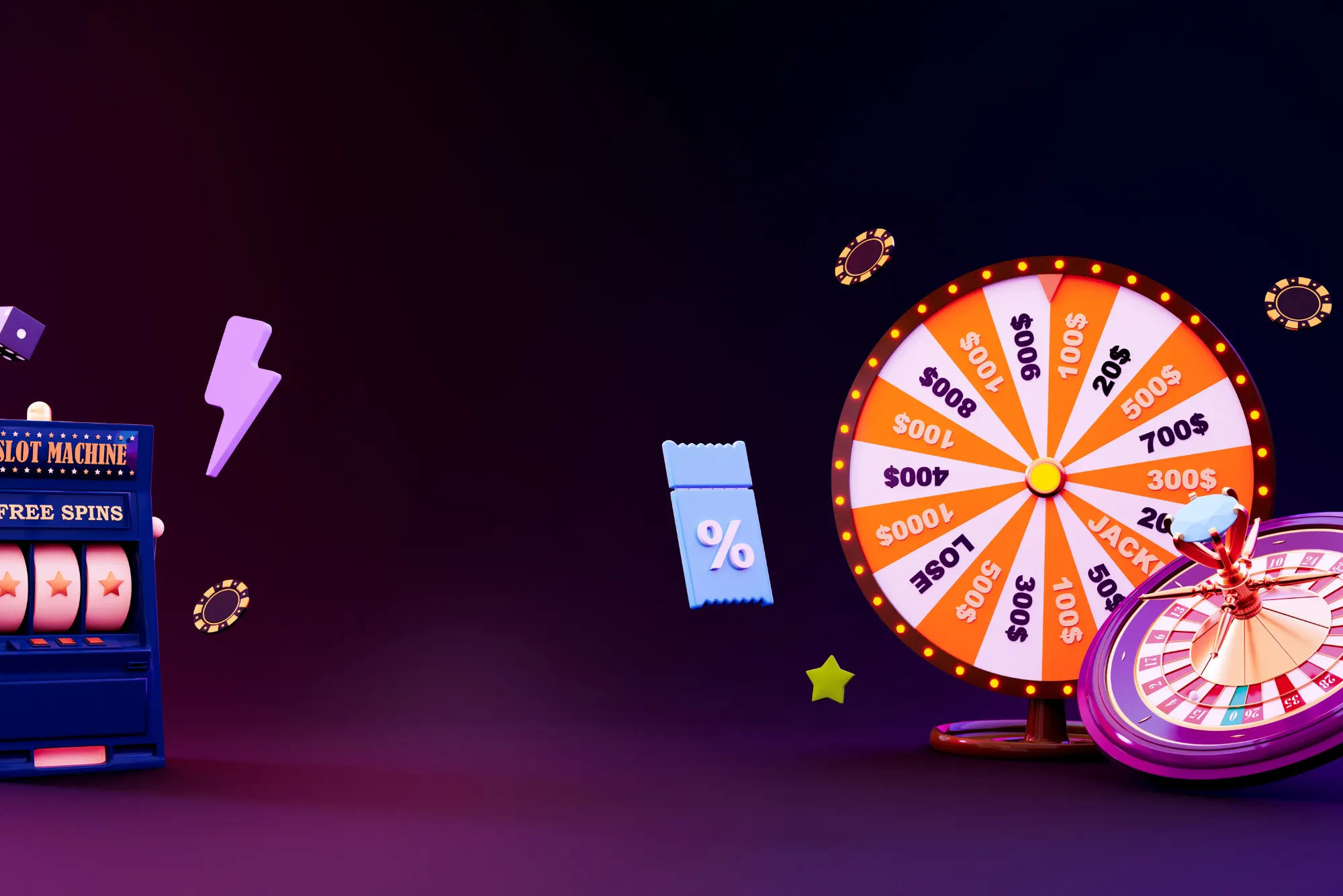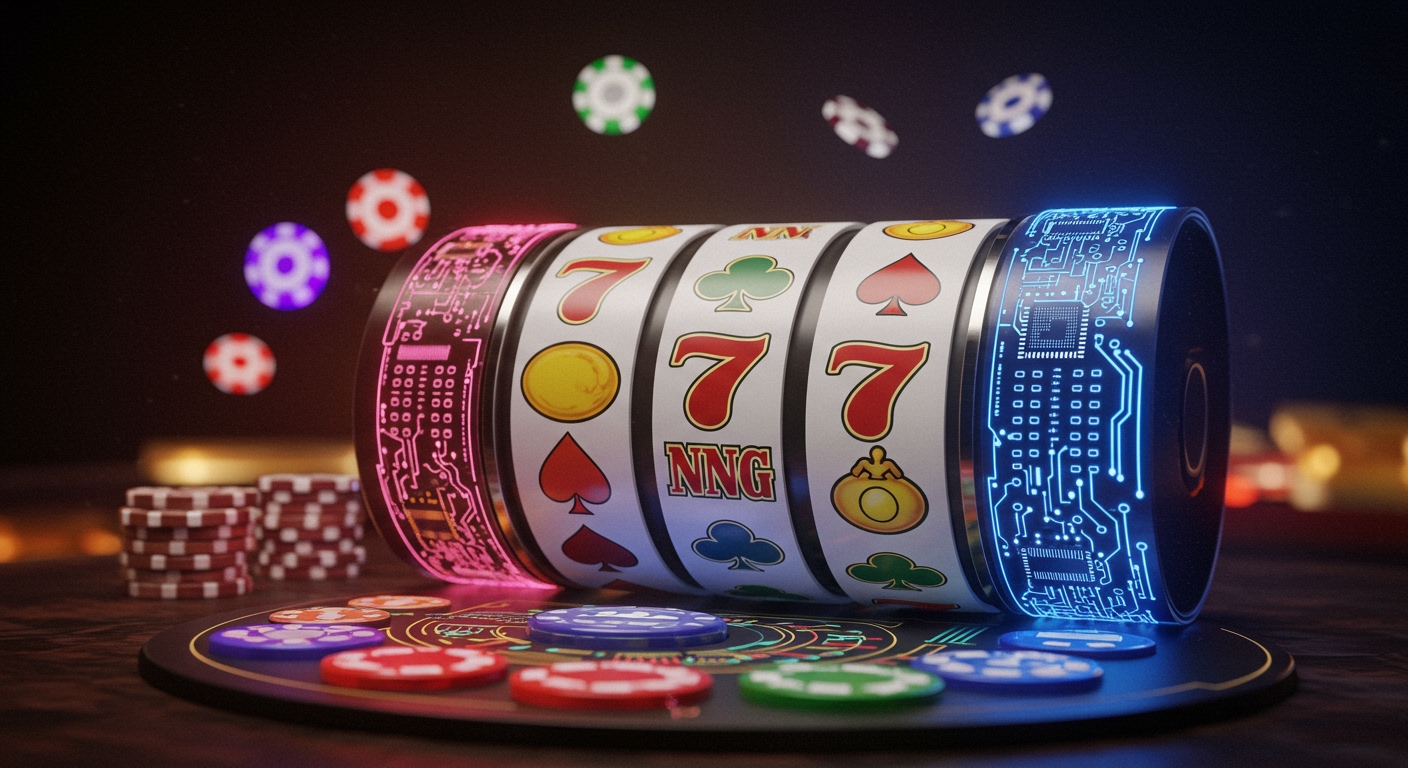Understanding Slot Volatility: The Foundation of Your Gameplay
Slot volatility—also known as variance—is the measure that dictates how a slot machine distributes its payouts over time. While the return-to-player (RTP) percentage sets the theoretical long-term return, volatility determines the rhythm of your wins and losses. Low-volatility slots reward you with smaller but more frequent payouts, keeping your balance moving steadily. High-volatility slots, conversely, may go long stretches without a win, yet deliver spectacular jackpots when they do pay out. Appreciating this distinction is crucial for tailoring your play style, managing your bankroll, and ultimately enjoying the experience more.
How Low Volatility Slots Shape Your Session
Low-volatility slots are the ideal choice for players who value consistency over big-ticket excitement. Imagine settling in for an hour’s play and seeing your balance bob like a buoy on calm waters—small, frequent wins keep the mood light and fun. I recall a marathon session on “Rainbow Treasures,” a modest title that rewarded me roughly every eighth spin. Even though the payouts hovered around 80–120% of my stake, those regular wins gave me the confidence to stay at the machine longer and savor the gameplay.
For those exploring alternative platforms, environments such as credit card casinos often host a range of low-volatility slots alongside their credit-based payment options. This combination can be particularly appealing if you want to maintain a predictable play pattern while enjoying the convenience of instant deposits on your card.
Low-variance games often feature simpler bonus mechanics—mini pick-and-click rounds or free spins capped at modest multipliers. Yet, for someone banking a small session budget, the guarantee of regular returns outweighs the smaller ceiling. Because the risk of busting out early is minimal, these slots are perfect for new players, casual sessions, or those prioritizing playtime over winnings.
The High-Volatility Experience: Chasing the Big Hit
High-volatility slots turn the ante up to eleven. Picture a desert road—endless spins can stretch before you like dunes, but at the crest of one hill, you might find an oasis of free spins, multipliers, or progressive jackpots. These games are built for thrill-seekers, with payouts advertised at thousands of times your bet. I’ll never forget my session on “Pharaoh’s Fury,” where I spun nearly 300 times without a meaningful win before unleashing a free-spin bonus that netted me 5,000× my wager. The trade-off, of course, is the emotional and financial endurance required to survive those long droughts.
High-volatility titles often boast layered bonus rounds, cascading reels with ever-increasing multipliers, or progressive jackpot pools that swell over time. These mechanics are the engines behind the massive potential payouts, but they demand patience and a sufficiently robust bankroll. Without a plan, chasing one of these jackpots can quickly lead to fatigue and overspending.
Balancing Volatility with Bankroll Strategies
Choosing between volatility levels shouldn’t be a random decision. Your bankroll size and risk tolerance must guide your selection. If you start with £50 or less, low-volatility slots help you stretch that amount into hours of gameplay. A middle-range bankroll—say between £50 and £500—opens the door to medium-variance titles that offer a compromise, balancing occasional big wins with reasonably frequent payouts. Only when your session bank exceeds £500 does high-volatility play become a viable pursuit for sustained enjoyment.
In my own sessions, I begin with a clear budget and attach a loss limit—often 30% of my starting amount—and a win target, usually 50% above my original stake. Once I hit either, I cash out. This disciplined approach ensures volatility remains an element of fun rather than frustration. It’s the single best practice I recommend to anyone exploring slots, regardless of volatility preference.
Real-World Lessons: Case Studies from the Casino Floor
Over years of play, I’ve experienced both ends of the volatility spectrum. On one occasion, I booked a three-hour flight layover and funded a quick-play slot session in the airport lounge. Opting for a low-volatility game called “Island Fortune,” I harvested a 20% gain in under 30 minutes, then pocketed the rest for coffee. That smooth pace suited the truncated timeframe perfectly.
Contrast this with my cousin’s high-octane night at a land-based casino, where she wagered £200 on “Volcano Voyager Megaways.” After her first 150 spins returned nothing, she nearly walked away—but then unlocked a wild multiplier round that paid £3,500. She’ll never forget the roar of the bonus trigger, yet she acknowledges that walking away before the win would have felt like abandoning a treasure map before the X.
Practical Insights for Optimal Volatility Selection
When deciding your volatility target, ask yourself what you value most in a session: extended playtime, regular wins, or the possibility of life-changing jackpots. If you lean toward the former two, low-variance slots are your playground. If you thrive on adrenaline, volatility extremes may suit you better—but only with a solid budget cushion.
Check a slot’s paytable before you play. Pay attention to the hit frequency and how much of the maximum payout resides in bonus rounds versus the base game. A slot that promises 10,000× your bet but restricts most of that to a rare bonus is a high-volatility candidate by design. If you can handle waiting for that bonus, great—but if frequent gratification is more your style, pick something closer to the middle.
Mixing Volatility Levels Within Sessions
One strategy I’ve found rewarding is session mixing. I often begin with a low-volatility slot to warm up and secure a small profit buffer. Once I’ve gained 10–15%, I switch to a higher-volatility title for a limited number of spins—usually 50 to 100. If the big game hits, I lock in profits and either move on or return to steady-payout slots. If it doesn’t, I’m still playing with my bonus buffer, not my entire bankroll.
This alternating approach keeps the adrenaline flowing while safeguarding against total loss. It also refreshes the experience—after the predictability of low-volatility wins, a few high-stakes spins feel that much more exhilarating.
How Volatility Influences Your Mindset
Beyond bankroll math and payout schedules, volatility shapes your emotional journey. Low-volatility play tends to feel relaxed and predictable, perfect for unwinding after work or filling spare time without tension. High-volatility sessions can be roller-coaster experiences—electrifying highs and gut-wrenching lows. If stress or impatience leads you to chase losses, high-volatility slots can exacerbate that tendency. Always be mindful of your mindset and step away when the experience shifts from fun to fixation.
Final Thoughts: Crafting Your Ideal Slot Experience
Volatility isn’t a feature to overlook—it’s the backbone of how any slot will treat your play. By aligning your choice of slots with your bankroll, schedule, and tolerance for risk, you turn volatility from an unknown variable into a tool for personalization. Whether you chase the slow-and-steady wins or the big swing jackpots, understanding volatility levels ensures each session matches your goals and limits.
Remember to set clear win and loss thresholds, mix volatility types smartly, and choose games whose bonus structures suit your appetite. With these insights, you’re ready to spin more confidently—and enjoy every moment, regardless of whether the next spin brings a trickle of coins or a torrent.







